Today we're talking about how to store zucchini bread. How long homemade zucchini bread lasts, how to freeze zucchini bread, and when zucchini bread should be stored in the refrigerator.
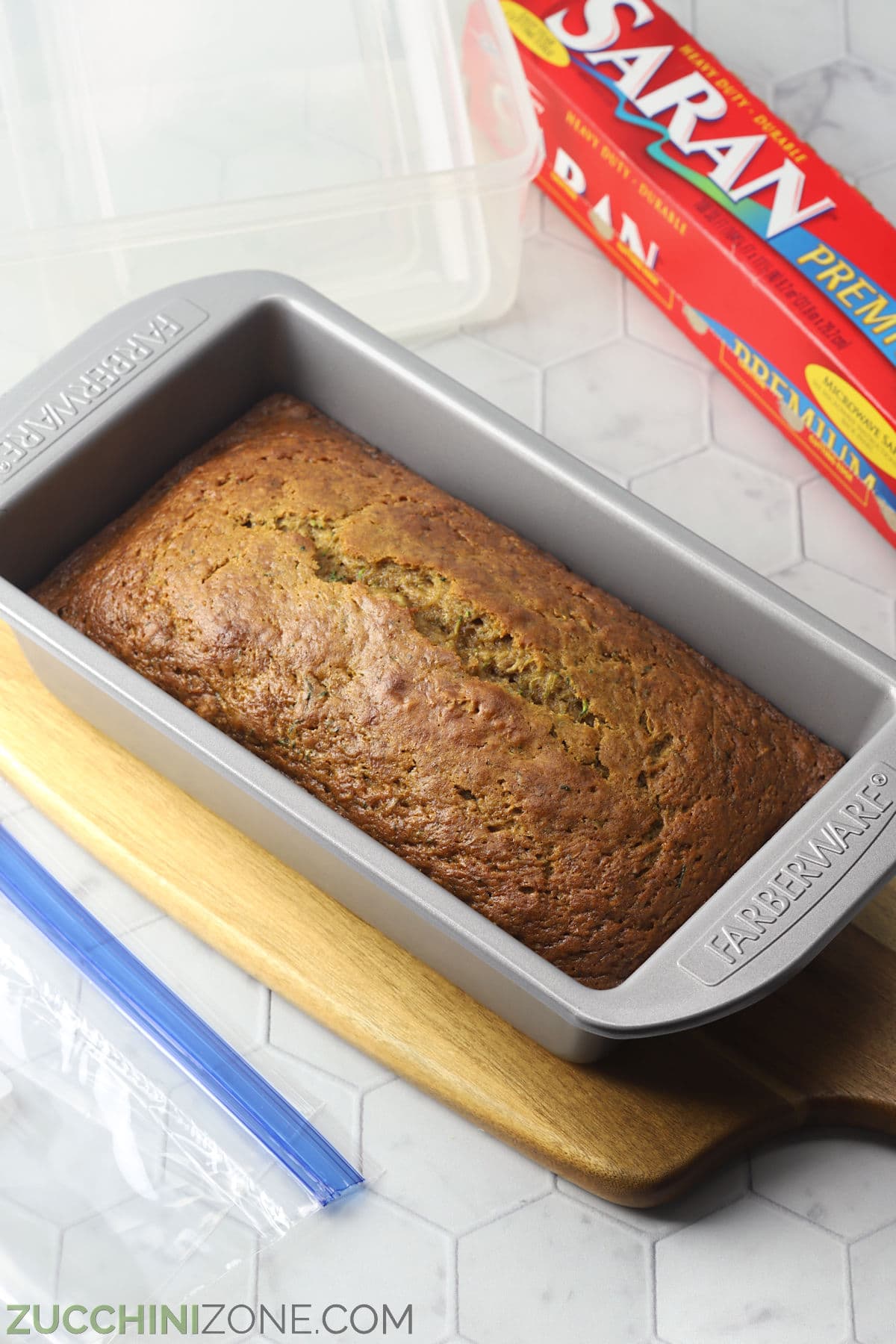
Made a loaf of zucchini bread and not sure how to store it? Today we're going over how to properly store a loaf of homemade zucchini bread. This advice can also be used for any homemade quick bread or muffins.
First and foremost, if you're following a recipe that gives explicit storage instructions, follow them. Each recipe is unique, and may require specific storage solutions for that particular baked good.
We'll go over this in more detail below, but in short - If you're looking for the safest way to store zucchini bread - just refrigerate it. Seal your bread in a plastic storage container or plastic bag and store it in the refrigerator.
Before storing
Allow your bread to cool completely before slicing or storing. Slicing into hot bread releases steam, which is moisture from your bread. Doing so dries out your bread prematurely.
Storing hot bread releases steam into the container and can make your bread doughy and sticky on top.
Instead, allow your bread to rest, uncovered, on the counter top until it has completely cooled to room temperature. A whole loaf of bread will take one to two hours to thoroughly cool.
Refrigerating
Zucchini bread will keep for about one week stored in the refrigerator in a tightly sealed container (or plastic bag).
As stated above, the absolute safest way to store zucchini bread is in the refrigerator. Some zucchini bread recipes make a very moist (and sometimes wet) zucchini bread. If your bread is very moist and wet, it's safest to store it in the refrigerator. Also, if your zucchini bread happens to contain meat, it must be stored in the refrigerator.
Why is my zucchini bread so wet? Depending on the recipe, you may need to squeeze some of the liquid out of your shredded zucchini (always follow the recipe instructions!). Sometimes, your recipe may call for shredded zucchini with the liquid, like my applesauce zucchini bread recipe.
No two zucchini are alike. Your zucchini may contain a lot of extra moisture compared to the author's zucchini. This can cause your zucchini bread to turn out very moist once baked. To help combat this, store your wet zucchini bread on a paper towel to help soak up some excess moisture.
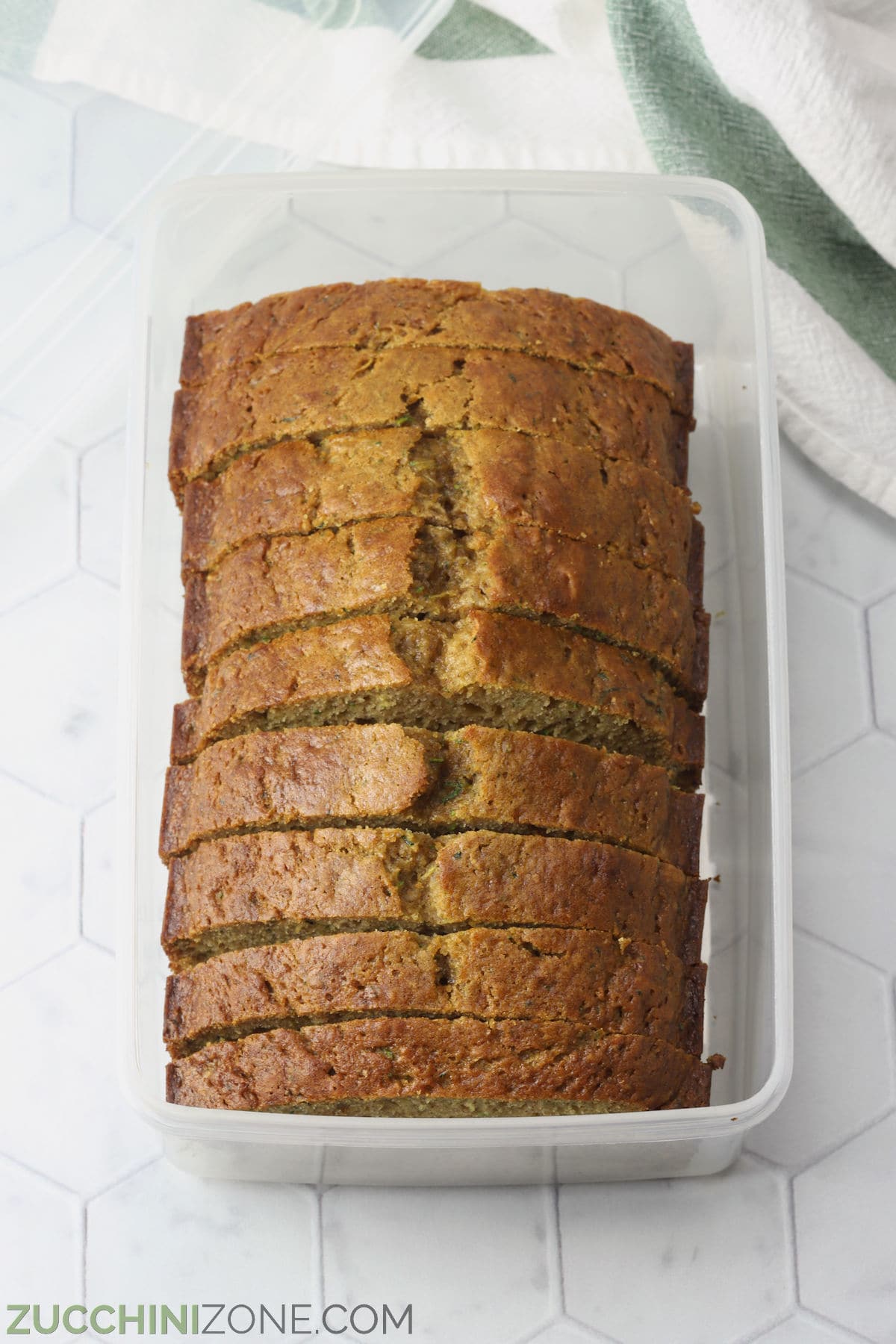
Room temperature
Zucchini bread will keep for about 3 to 4 days stored at room temperature in a tightly sealed container (or plastic bag).
If your zucchini bread is on the normal/dry side, like a regular sandwich bread, it can be stored at room temperature. I always store my zucchini bread at room temperature with no issues.
However, once you've reached about day 3 on your homemade zucchini bread, I'd recommend freezing leftovers you don't plan on consuming within the next day. Otherwise, your zucchini bread will start drying out. You want to preserve that moisture as much as possible!
Freezing
Zucchini bread will keep for 6 months or more stored in the freezer, wrapped and stored in an airtight, freezer-safe container or plastic bag.
Whether storing an entire loaf of zucchini bread, zucchini bread slices, or zucchini muffins, I recommend freezing your bread in the same way. Wrap your bread/slices/muffins in either plastic wrap or foil (or both for extra protection), then seal in a freezer-safe container or freezer-safe plastic bag.
Make sure excess air is removed from your container or bag. You'll also want to make sure your bread is completely cooled before storing. Excess moisture or air can cause ice crystals to form.
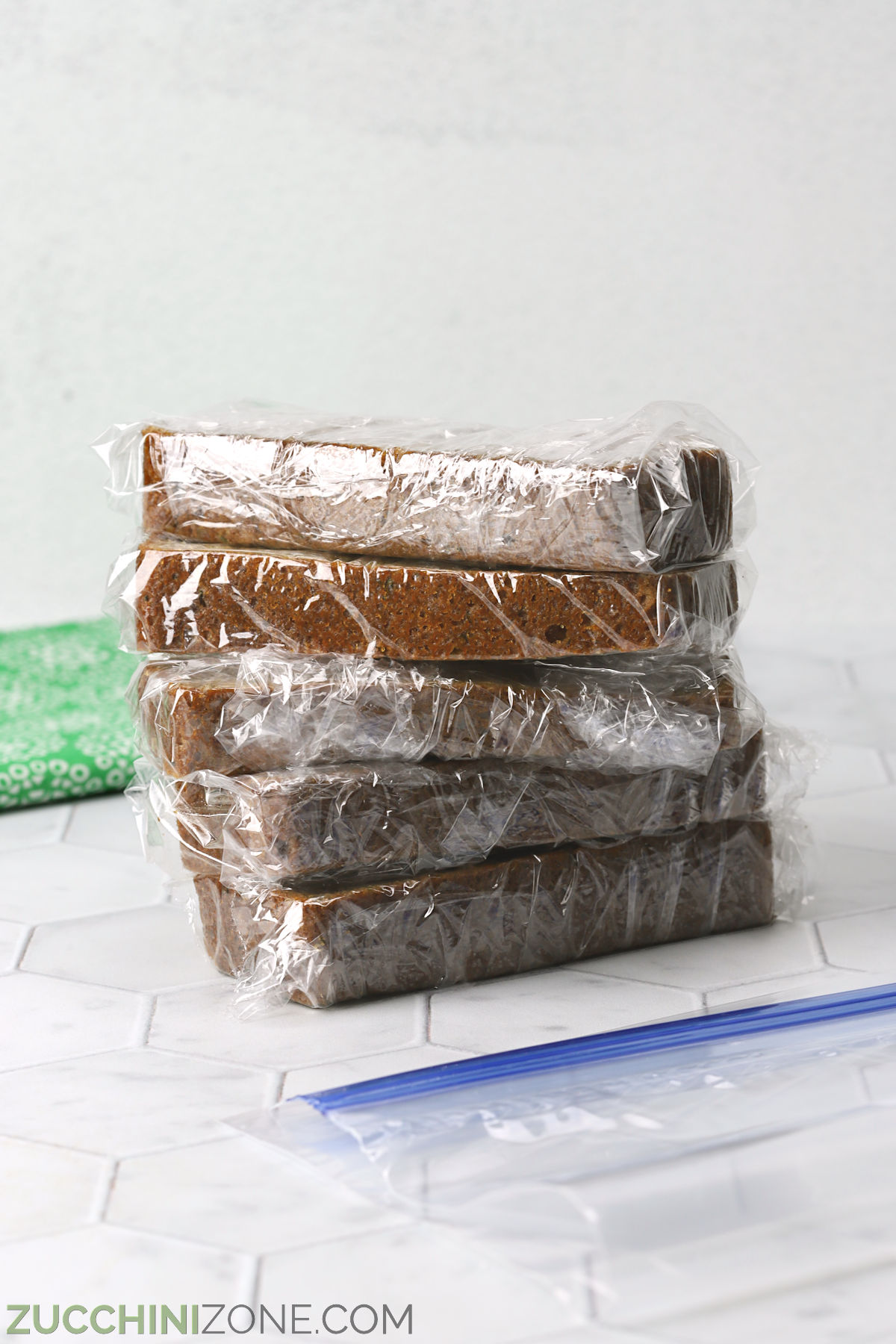
Thawing frozen bread
To thaw frozen zucchini bread, transfer your bread (or slices) to the refrigerator to allow to thaw overnight. While it's not required to thaw bread in the refrigerator, it's an easy way to do so when you don't need your bread until the next day.
Or, transfer to the counter top and allow to come to room temperature. A whole loaf of bread can take 3 to 4 hours, but a single slice will thaw in about 30 minutes.
Frozen bread slices can also be thawed in the microwave or a toaster oven:
- To thaw in the microwave - Cover with a paper towel and microwave in 15 second increments. Bread slices thaw very quickly in the microwave and don't need as much time as you'd think.
- To thaw in the toaster oven - Place your zucchini bread slice(s) in the toaster oven and toast for slightly longer than you would a regular piece of bread. All it needs is a bit of extra time - no need to thaw beforehand.
Bread storage solutions
Here are my favorite bread storage solutions, from reusable plastic storage containers, to plastic wrap and environmentally friendly silicone freezer bags. All links from Amazon:
Plastic storage containers:
- Prep Solutions - Expandable Bread Keeper with Adjustable Air Vent
- Signoraware - Dual Use Bread Holder/Airtight Plastic Food Storage Container for Dry or Fresh Foods
- Cheeren - Plastic Rectangular Bread Box with Portable Handle
Glass storage containers:
Silicone storage containers:
Plastic wrap:
Aluminum foil:
Freezer-safe plastic bags:
Reusable silicone storage bags:
- Stasher - Silicone Reusable Storage Bag, Stand-Up Mid
- Stasher - Silicone Reusable Storage Bag, Stand-Up Mega
Tossing old bread
So, when do you know it's time to toss out that old zucchini bread? Here are a few telltale signs:
- Mold - Mold is a clear sign that your bread needs to be tossed out. Even if a small amount of mold appears, the FDA recommends throwing out the entire loaf. Bread is porous and fungus can spread throughout the entire loaf quickly.
- Smell or taste is off - The best way to tell when bread (or any food) needs to be tossed out is if the smell (or taste) is off. Don't risk it! If your bread begins to smell or taste bad, toss it.
- It's more than a week old - If your zucchini bread has been stored at room temperature or refrigerated for more than a week, it's definitely time to throw it out. Homemade bread does not keep as long as store bought packaged bread. I recommend freezing excess zucchini bread after day 3.
Recipes
Here are a few of my favorite zucchini bread recipes to get you started:
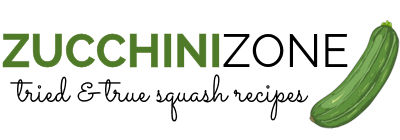

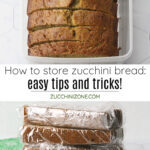



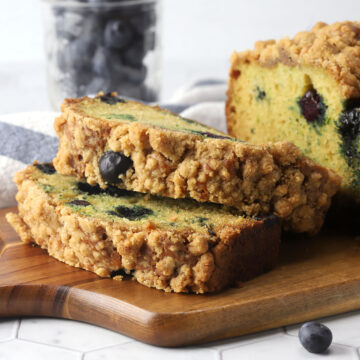
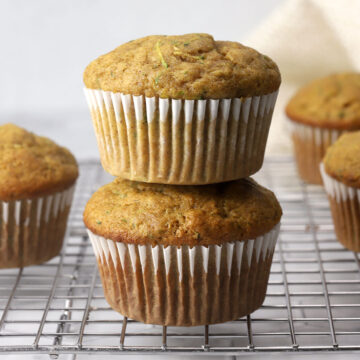
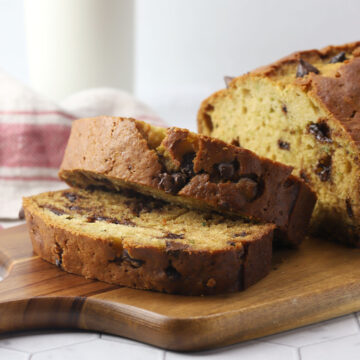
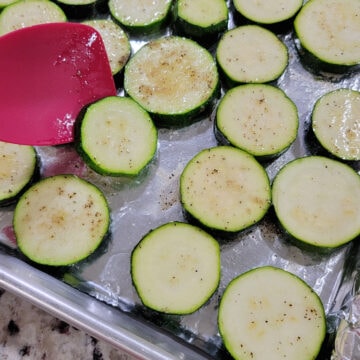



Comments
No Comments